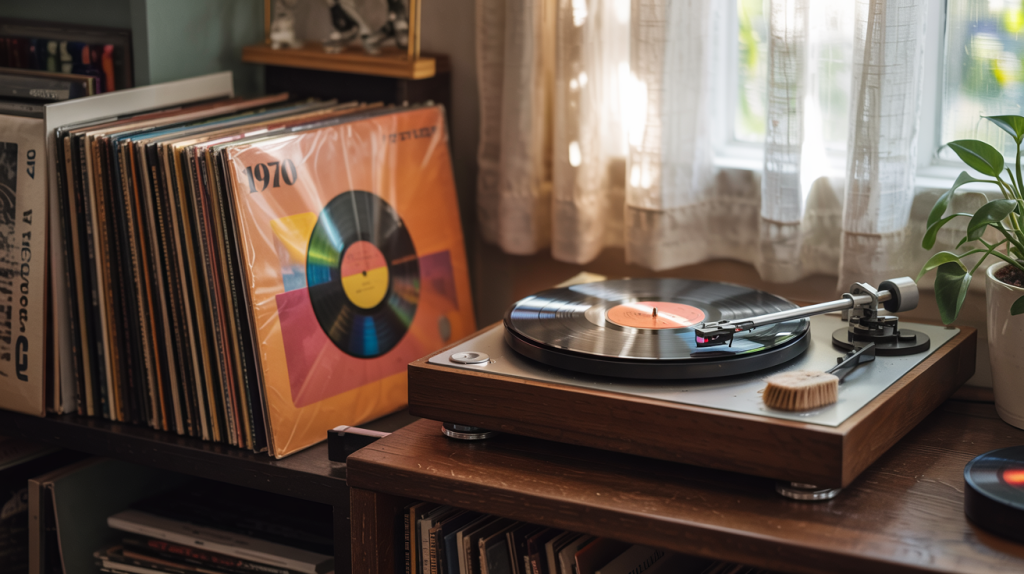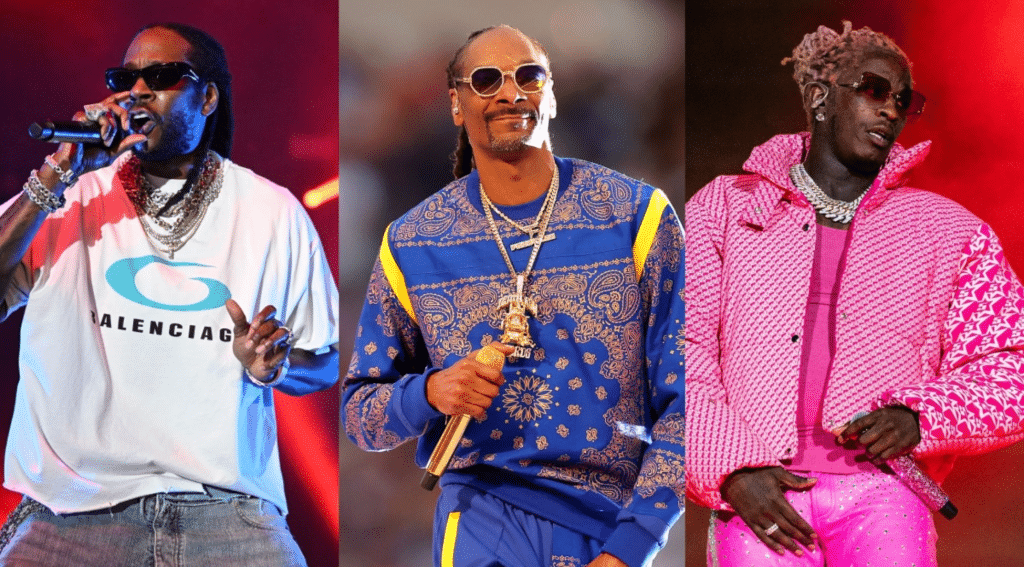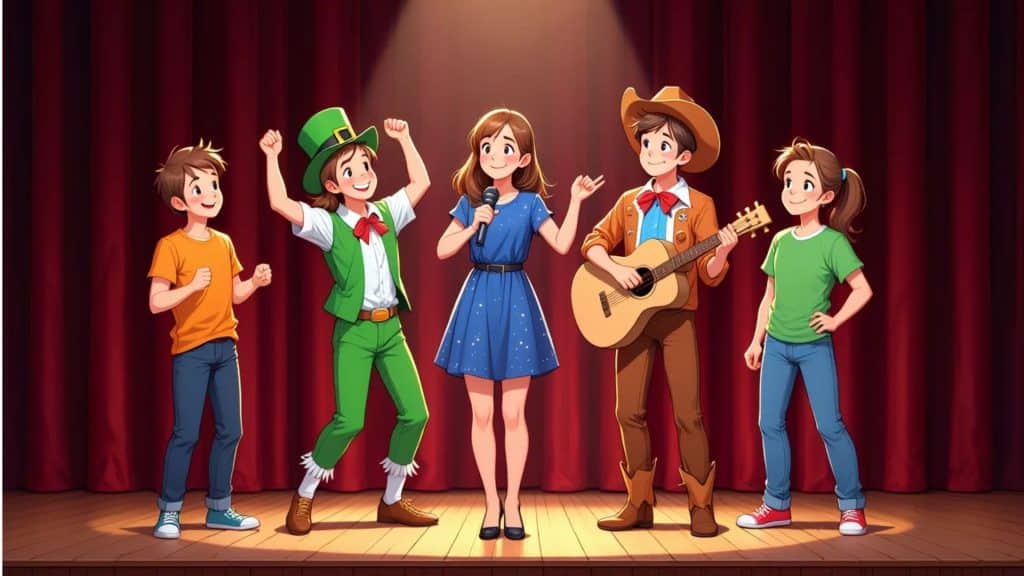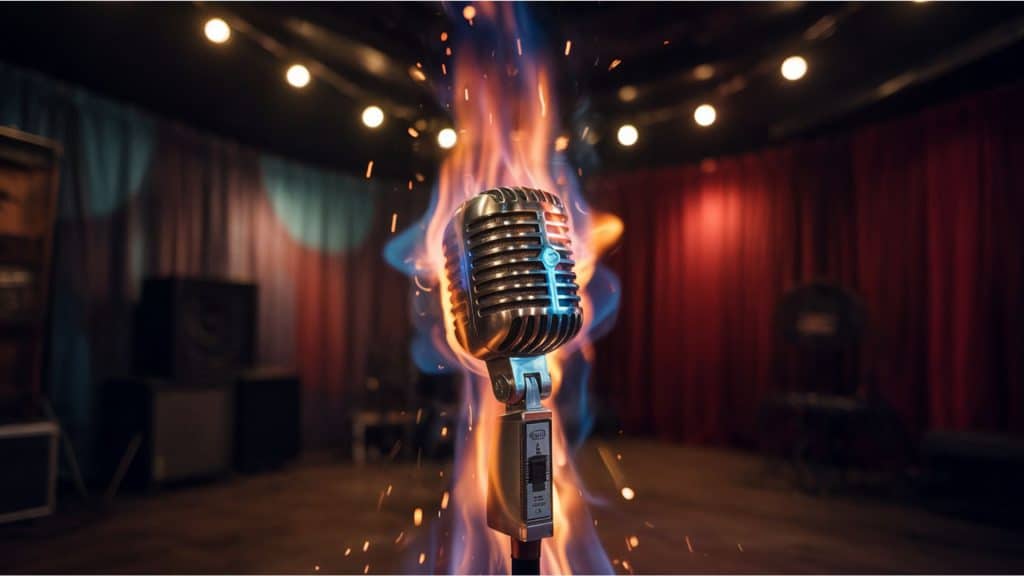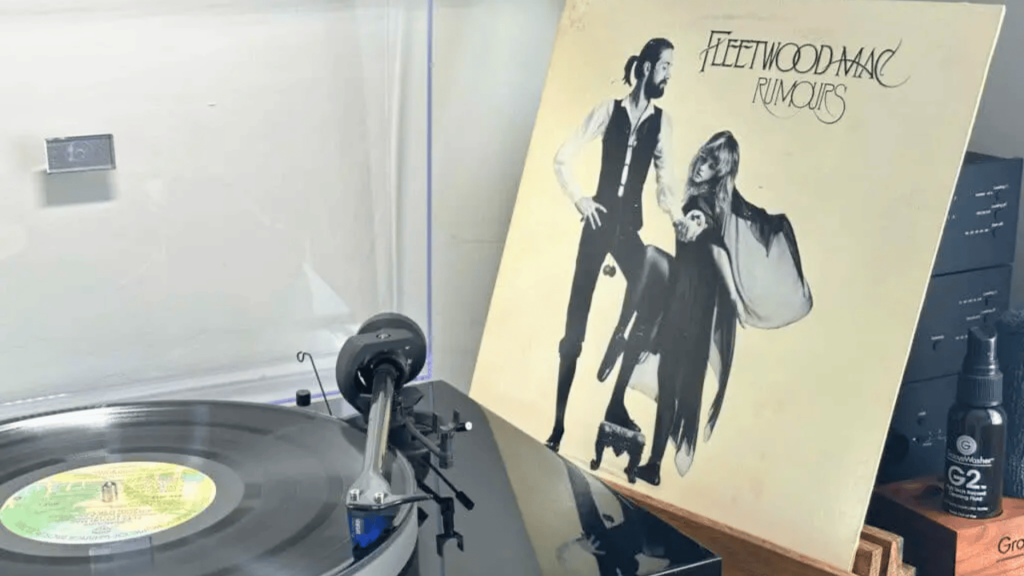I’ve always believed that great drummers don’t just keep time, they leave a mark. Maybe you’re curious who deserves the title of “the best,” or perhaps you’re just here to find a few new legends to admire.
Either way, this list brings you closer to the drummers who changed the way we hear music.
You’ll find names you know, a few you might not, and reasons why each one matters. Let’s take a look at the best drummers of all time, and why their playing still hits hard today.
What Makes a Drummer One of the Best?
A great drummer blends technical skill, creativity, and lasting impact. Speed, precision, and coordination are just the start; what truly sets them apart is a unique style that fits their music perfectly.
The best drummers often create or popularize new rhythms, pushing boundaries in their genre. They don’t just play along; they shape the sound of entire bands and eras.
Their influence echoes through generations, inspiring future musicians and leaving a permanent mark on music history. Greatness comes from both mastery and meaningful contribution.
The Best Drummers of All Time
These drummers changed how the world hears rhythm. Their style, skill, and impact continue to inspire musicians everywhere.
1. John Bonham (Led Zeppelin)
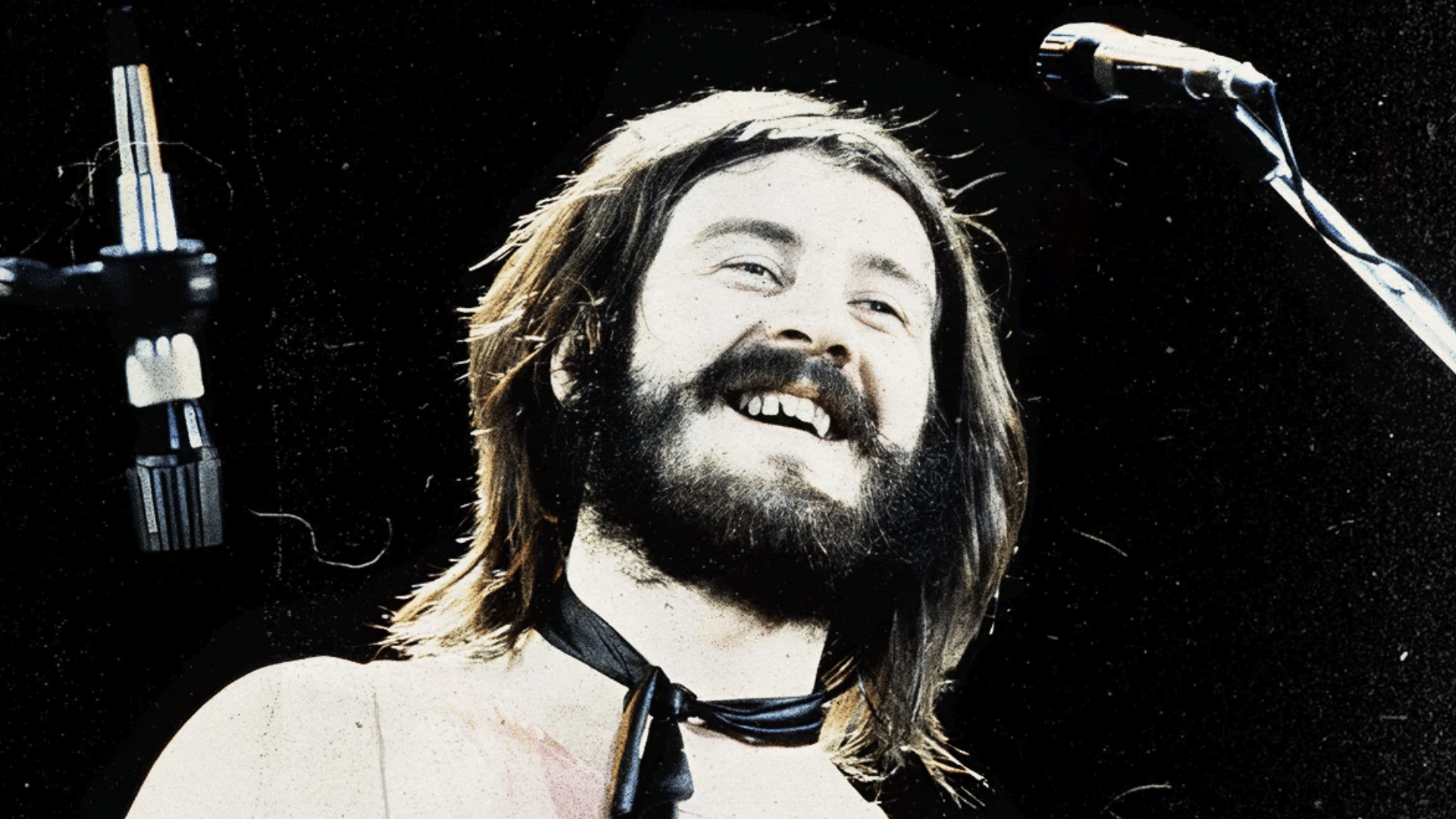
Known for his thunderous power and groove-driven style, Bonham gave Led Zeppelin its raw, unshakable foundation. His work on “When the Levee Breaks” and “Moby Dick” showcases speed, feel, and unmatched precision.
With heavy footwork and deep-pocket timing, Bonham redefined rock drumming and remains one of the most sampled drummers in modern music.
Bonham combined sheer power with perfect timing, shaping Led Zeppelin’s sound and redefining what rock drumming could feel like.
2. Neil Peart (Rush)

Peart’s drumming was technically complex and deeply musical. Known for massive drum kits and precise arrangements, he brought a thoughtful approach to progressive rock.
His solos in “YYZ” and “Tom Sawyer” are legendary. Peart also wrote Rush’s lyrics, proving his artistry extended beyond rhythm. His discipline and creativity continue to influence drummers worldwide.
Peart fused precision with storytelling, bringing brainy, structured complexity to rock drumming while also writing Rush’s iconic lyrics.
3. Buddy Rich (Jazz Legend)
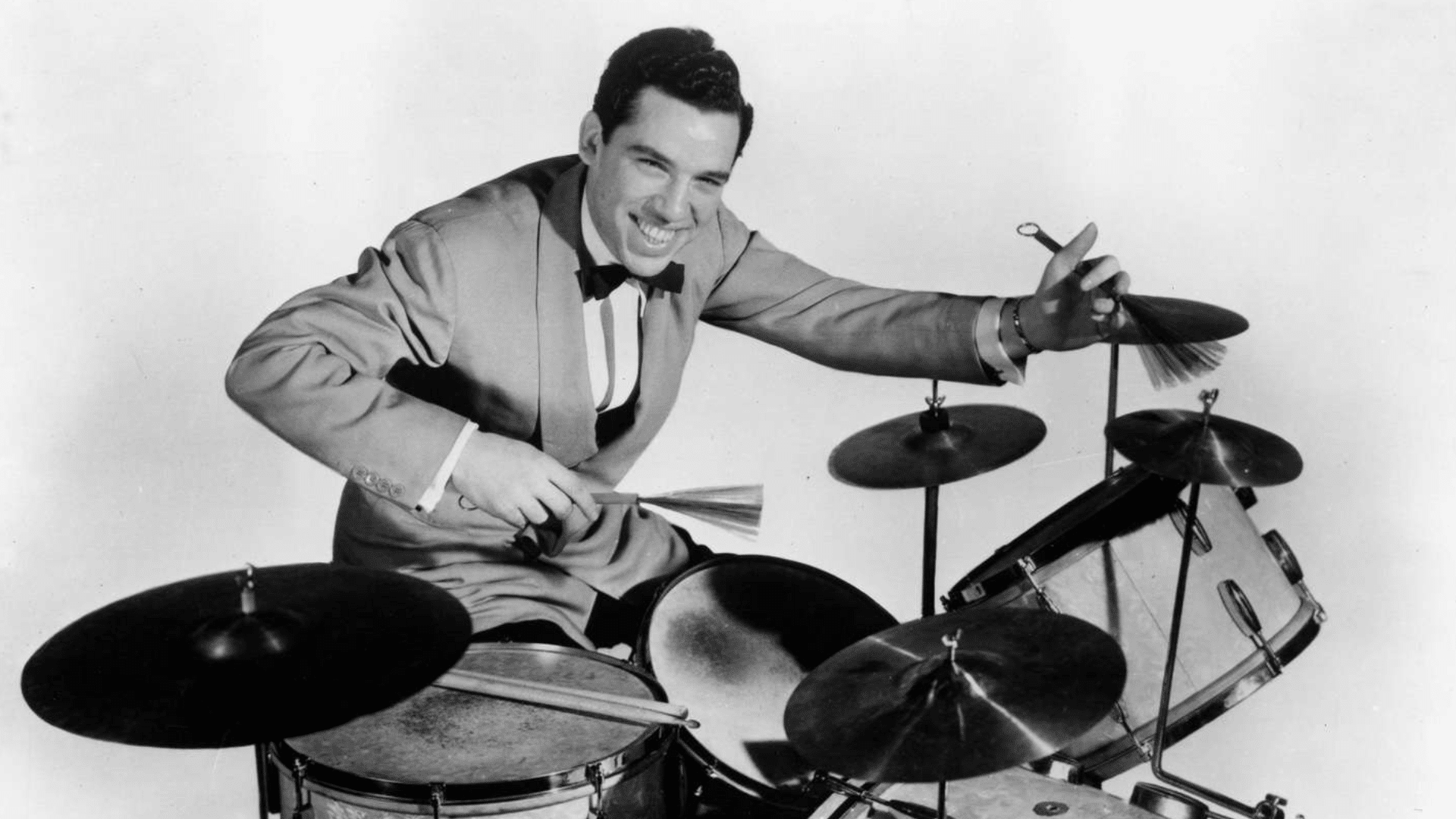
A prodigy with unmatched speed and technique, Buddy Rich was a powerhouse of big band jazz. His explosive solos, stick tricks, and control amazed audiences worldwide.
From early childhood through a long career, Rich earned respect across genres. His performance of “Channel One Suite” remains a masterclass in jazz drumming excellence.
Rich dazzled with lightning-fast hands, flawless technique, and stage presence that made him a jazz icon across generations.
4. Keith Moon (The Who)
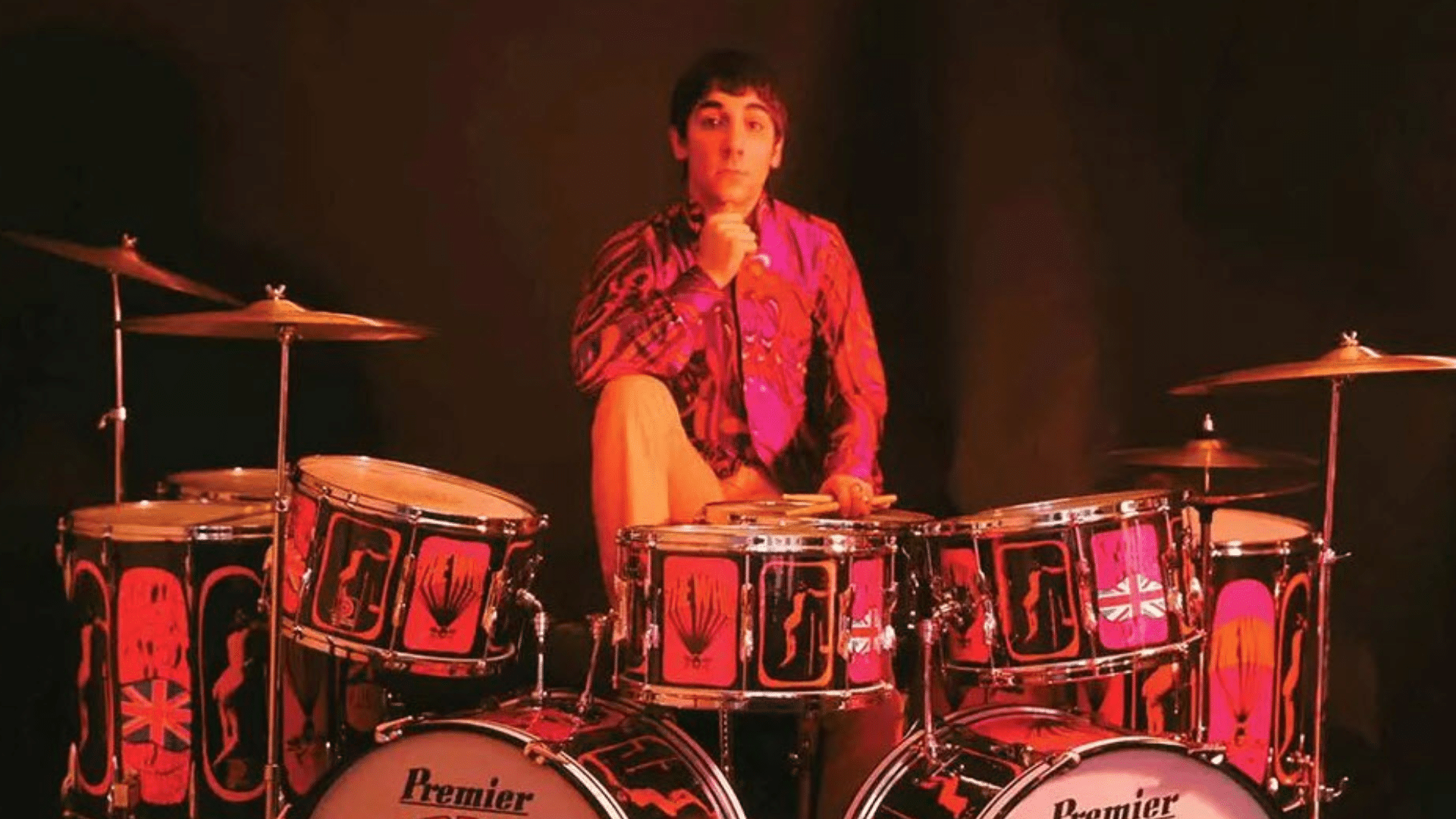
Moon’s chaotic, wild energy gave The Who a unique identity. His playing on tracks like “My Generation” felt unpredictable but purposeful.
He often ignored traditional rhythm roles, turning the drum kit into a lead instrument. Moon wasn’t just a drummer; he was a showman who made drumming exciting to watch and hear.
Moon broke all the rules, using drums as a lead voice to give The Who its wild, explosive energy.
5. Ginger Baker (Cream)
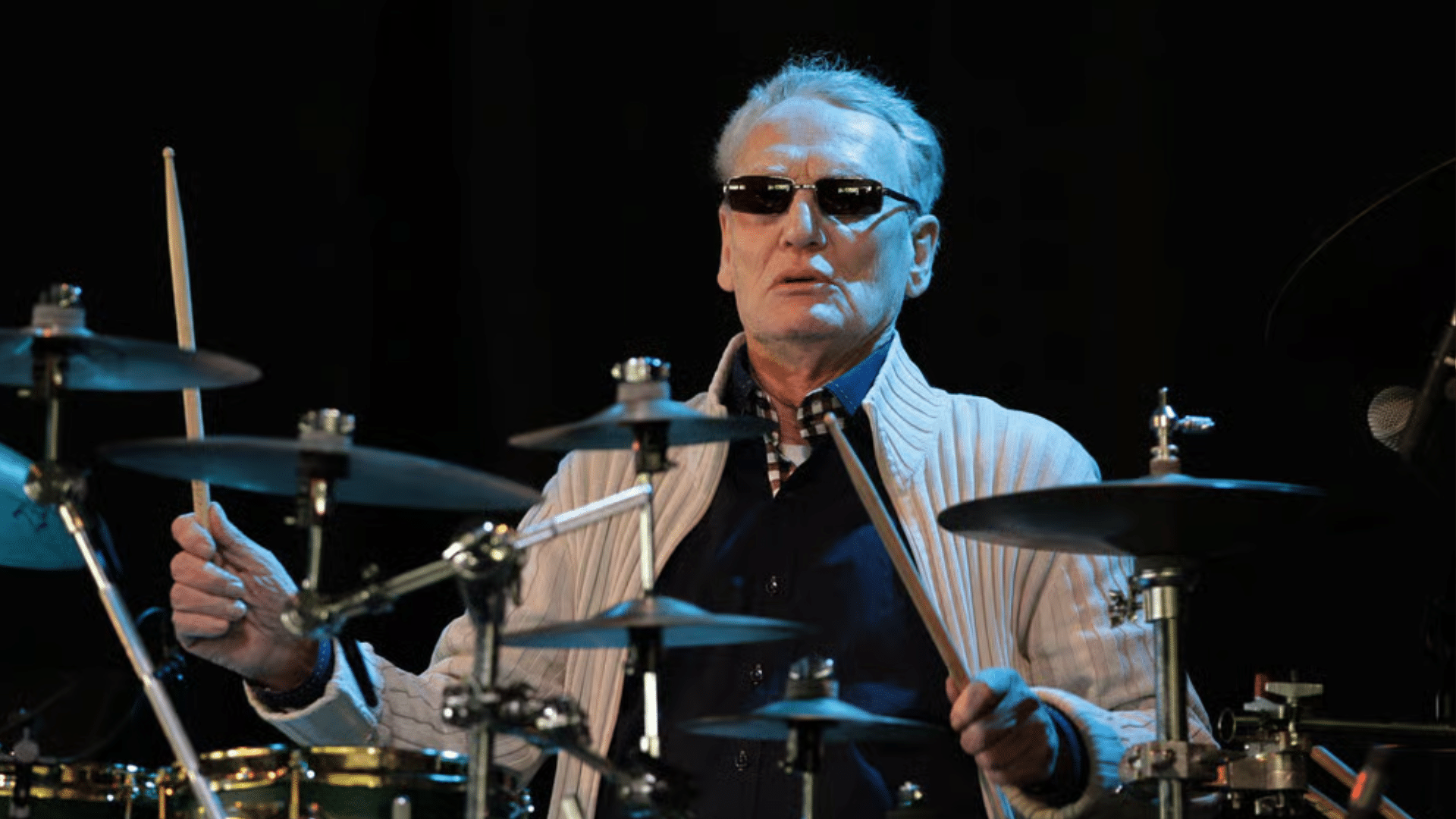
Baker merged African rhythms with jazz finesse and rock power, setting him apart in the 1960s scene. As Cream’s drummer, he brought thunder and texture to tracks like “Toad.”
His fusion style helped birth heavy rock and influenced metal and prog drummers alike. His fiery personality matched his trailblazing rhythm.
Baker fused jazz, rock, and African beats, helping shape early heavy rock with power, groove, and rhythmic complexity.
6. Stewart Copeland (The Police)
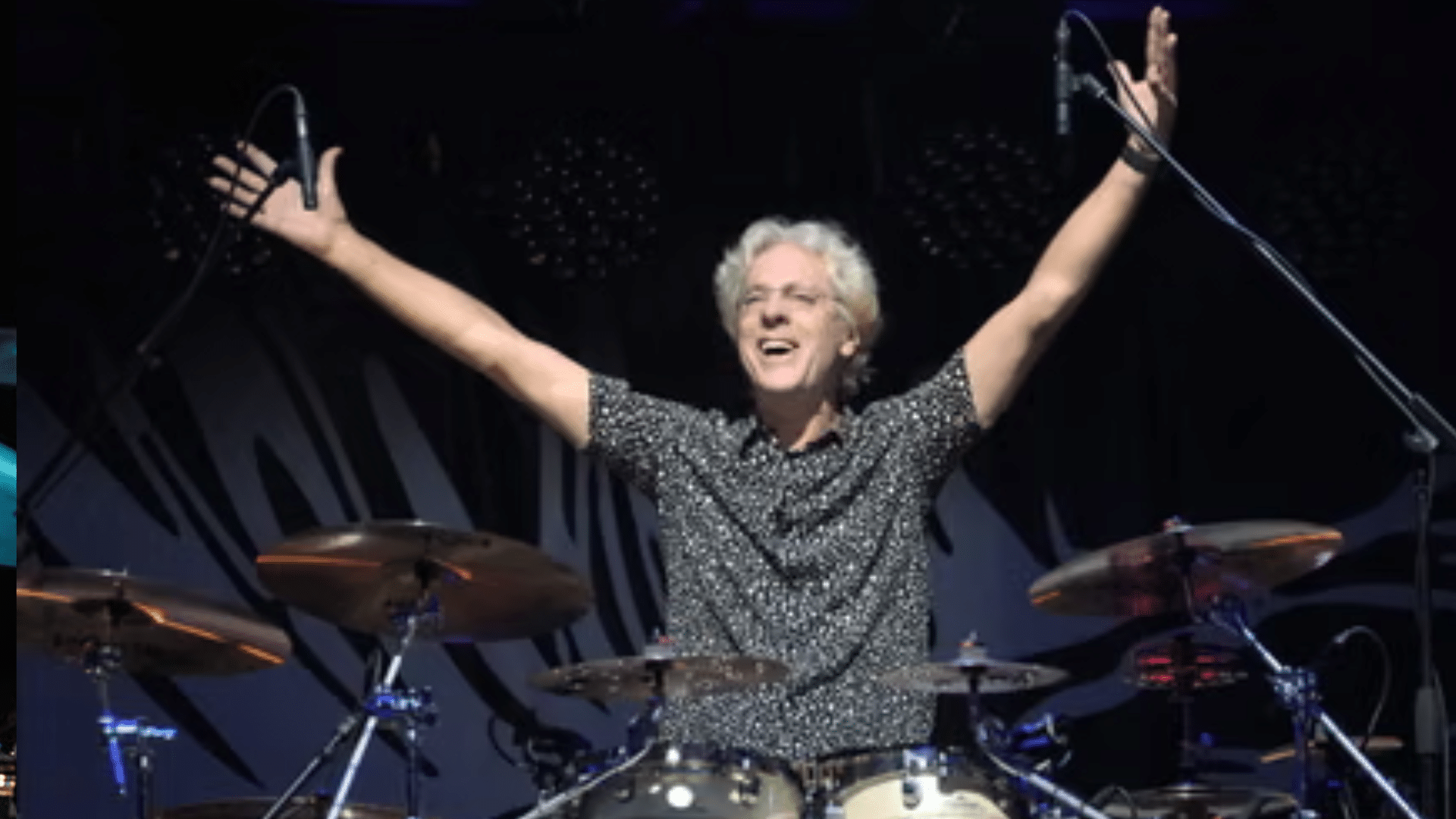
Copeland brought reggae, punk, and world music grooves to The Police, crafting tight, syncopated patterns with flair. Songs like “Roxanne” and “Walking on the Moon” show off his crisp hi-hats and offbeat creativity.
He played like a percussionist trapped in a rock band—always inventive, always energetic.
Copeland made rhythm adventurous, blending punk energy with reggae swing and sharp syncopation to define The Police’s sound.
7. Hal Blaine (The Wrecking Crew)
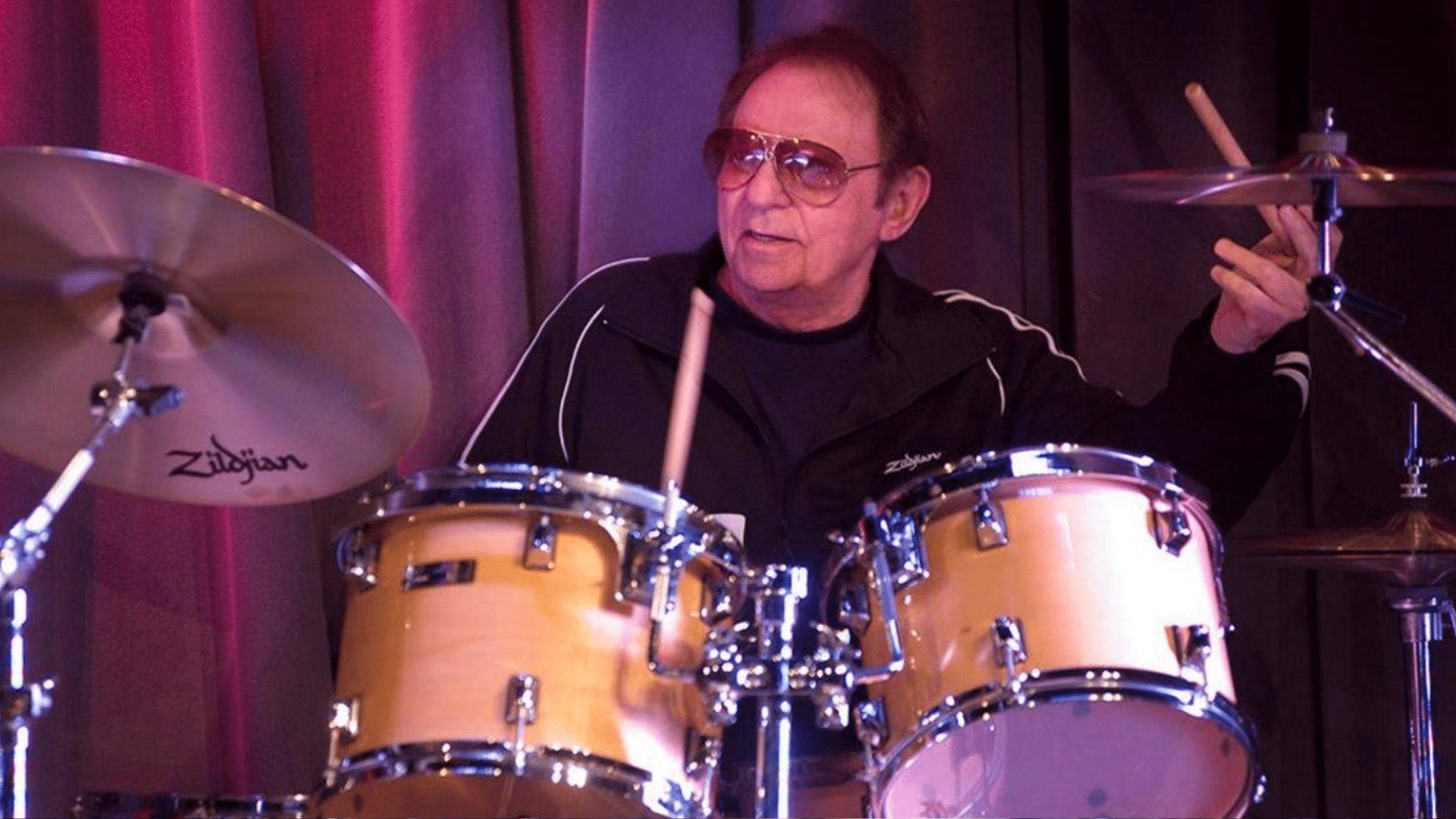
Blaine was the ultimate session drummer, laying the foundation for countless hits across genres. He played on over 150 top-10 songs, including tracks by The Beach Boys and Frank Sinatra.
Known for subtle mastery and reliability, Blaine shaped the sound of the ‘60s and ‘70s more than most fans realize.
Blaine was everywhere, delivering tasteful, rock-solid grooves that helped shape the golden era of American pop and rock.
8. Danny Carey (Tool)
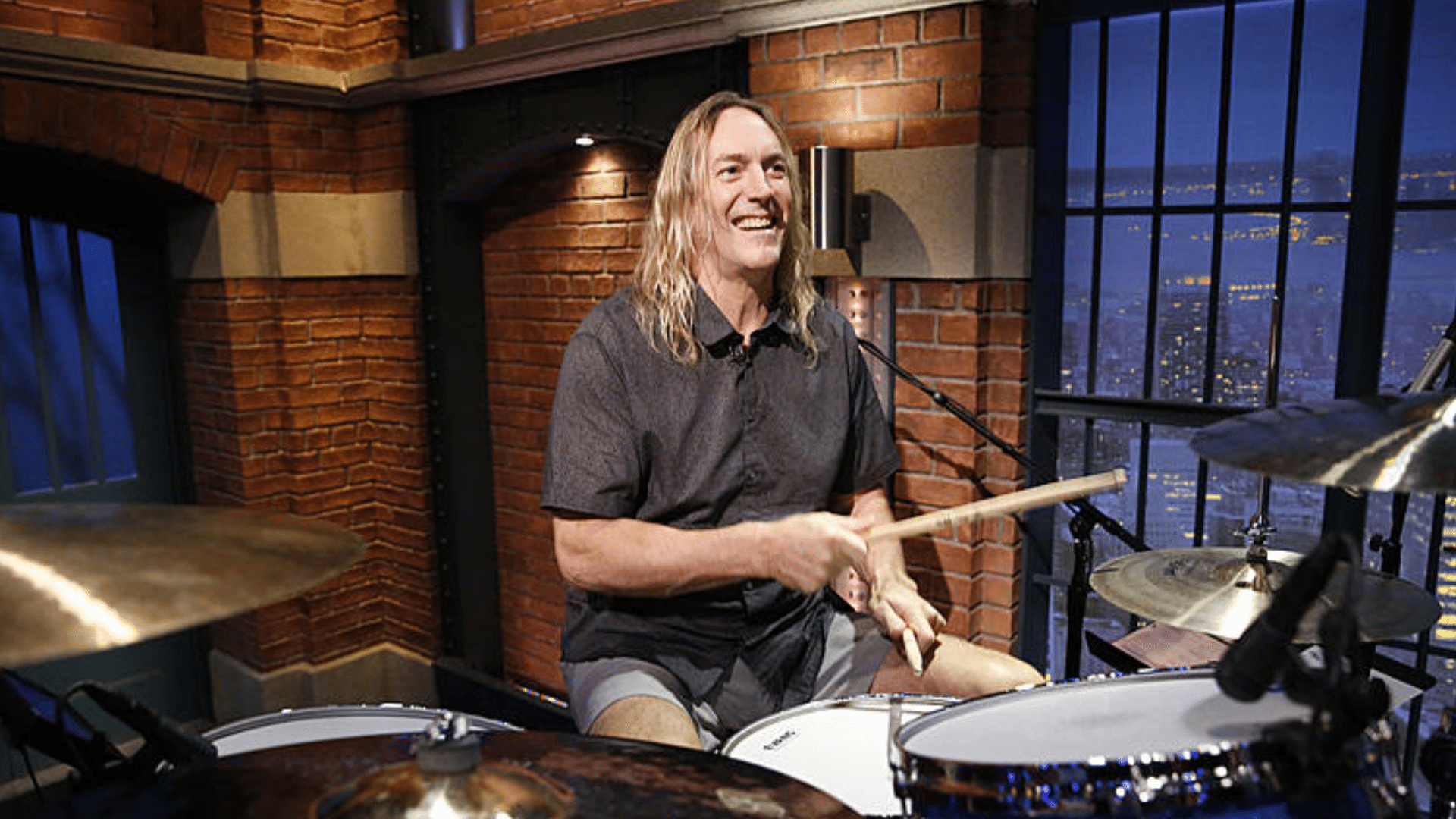
Carey blends math-like precision with tribal rhythms to create Tool’s intense, immersive sound. He’s known for polyrhythmic playing, odd time signatures, and deep musical theory.
Tracks like “Lateralus” and “Schism” show his ability to stretch rhythm into something cerebral yet primal. He’s a modern master of progressive rock drumming.
Carey brings surgical precision and layered complexity to modern rock, pushing boundaries with odd-time grooves and polyrhythmic mastery.
9. Mitch Mitchell (Hendrix Experience)
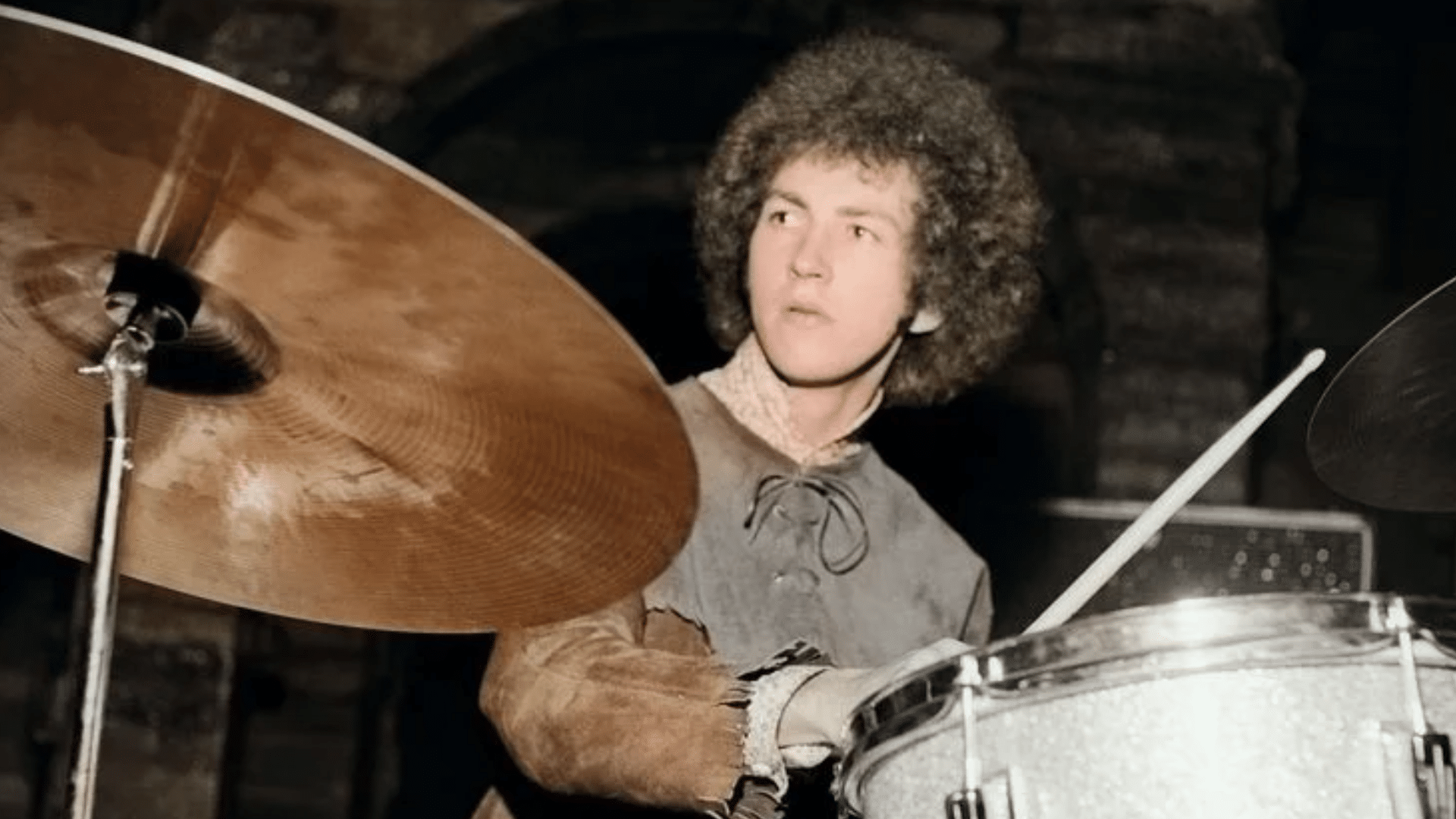
Mitchell’s jazzy finesse paired beautifully with Jimi Hendrix’s wild guitar playing. His drumming was fast, fluid, and full of flair, especially on “Manic Depression” and “Fire.”
He used rolls and fills like colors on a canvas, matching Hendrix’s improvisation with instinct and freedom.
Mitchell’s jazz-inspired drumming gave Hendrix’s music rhythm, texture, and momentum, fueling psychedelic rock’s explosive rise.
10. Ringo Starr (The Beatles)

Ringo’s drumming was clean, musical, and deceptively clever. He supported each song without overplaying, giving The Beatles their steady backbone.
His feel on “Come Together” and fills in “A Day in the Life” remain iconic. Ringo proved that simplicity and consistency can be just as powerful as flash.
Ringo shaped The Beatles’ sound with subtlety and groove, showing how musical restraint can be its own form of genius.
Best Drummers by Genre
Drumming styles vary by genre, and these standout players defined their categories through skill, creativity, and signature grooves.
Jazz
Jazz drummers value finesse, timing, and improvisation.
- Buddy Rich was known for blistering speed and showmanship.
- Tony Williams revolutionized jazz fusion drumming at a young age.
- Art Blakey’s Powerful, hard-swinging style drove The Jazz Messengers.
- Max Roach, Innovator of melodic drumming in bebop.
Rock
Rock drummers bring power and pulse to the stage.
- John Bonham’s Raw force and iconic grooves shaped Led Zeppelin’s sound.
- Keith Moon, Explosive fills and chaos behind The Who’s energy.
- Dave Grohl, Heavy, precise, and driving rhythms in Nirvana.
- Phil Collins balanced rock power with melodic fills and songwriting chops.
Metal
Metal demands speed, precision, and intensity.
- Lars Ulrich’s Tight double-kick patterns defined Metallica’s early sound.
- Joey Jordison has Blistering speed and dramatic visuals in Slipknot.
- Tomas Haake’s mastery of polyrhythms with Meshuggah’s complex grooves.
- Mike Portnoy, Technical wizardry and versatility from Dream Theater’s prime.
Funk and Soul
Groove and pocket rule this space.
- Clyde Stubblefield was James Brown’s go-to; the “Funky Drummer” beat shaped hip hop.
- Jabo Starks, Co-creator of countless funk rhythms alongside Stubblefield.
- Questlove, Roots drummer with deep pockets and soul tradition.
- Zigaboo Modeliste, New Orleans funk legend with The Meters.
Pop and Session Work
These drummers keep hits on time and point.
- Hal Blaine played on 150+ top-10 hits, from Elvis to Sinatra.
- Steve Gadd’s Precision, feel, and signature grooves in studio sessions.
- Jeff Porcaro, Toto drummer and session king, creator of the “Rosanna shuffle.”
- Josh Freese is a go-to drummer for countless big-name pop and alt acts.
Most Iconic Drum Solos Ever
These unforgettable solos highlight how rhythm becomes performance, each one showcasing technical brilliance, raw energy, and timeless musical impact.
Moby Dick: John Bonham
Performed live with Led Zeppelin, “Moby Dick” features thunderous tom rolls, barehanded playing, and deep grooves.
Bonham’s energy and creativity made this solo legendary, proving drums could captivate without melody. A staple in rock solo history.
YYZ Live: Neil Peart
Peart’s live renditions of “YYZ” included extended solos filled with polyrhythms, syncopation, and lightning-fast fills.
With masterful structure and dramatic pacing, he turned every performance into a showcase of progressive rock precision and power.
A Night in Tunisia: Buddy Rich
This jazz classic became a Rich favorite, delivering rapid-fire rolls and explosive accents.
Buddy’s control, flair, and blistering speed amazed both musicians and casual fans alike, cementing his place as the king of live jazz solos.
Ticks & Leeches: Danny Carey
In this Tool track, Carey blends tribal rhythms, rapid double-kicks, and shifting time signatures into an intense, hypnotic solo section.
It’s a modern masterclass in technical metal drumming that pushes physical limits and rhythmic complexity.
Learn to Drum Like the Greats
If these legends inspired you to start drumming, there are great tools to help you begin. Online platforms like Drumeo and YouTube offer beginner-friendly lessons taught by pros.
You can also find gear modeled after Bonham’s or Peart’s setups to match their feel.
For deeper insights, check out biographies like A Drummer’s Life or Buddy Rich’s masterclass DVDs. These resources blend technique, history, and inspiration for any aspiring drummer.
Summing Up
Now that you’ve gone through the list, I hope you see drumming a little differently. These aren’t just timekeepers, they’re innovators, leaders, and the backbone of every beat you’ve felt in your chest.
If one of your favorites didn’t make the list, I’d love to hear who you’d add. And if this sparked your interest, maybe it’s time to revisit some classic tracks, or even pick up a pair of sticks yourself.
Check out my other blogs for another updates.



